Wormholes are naturally found in aging wood, see the first photo. The wormholes in photos 2 and 3 are handmade using distressing techniques.
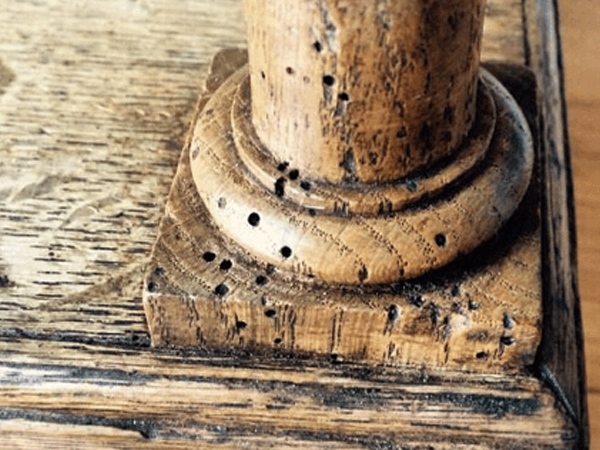
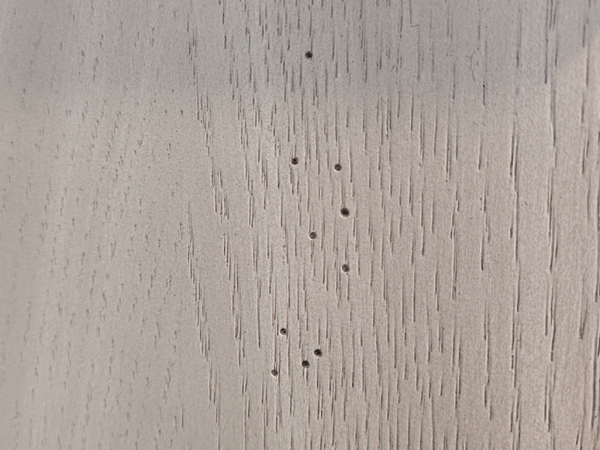
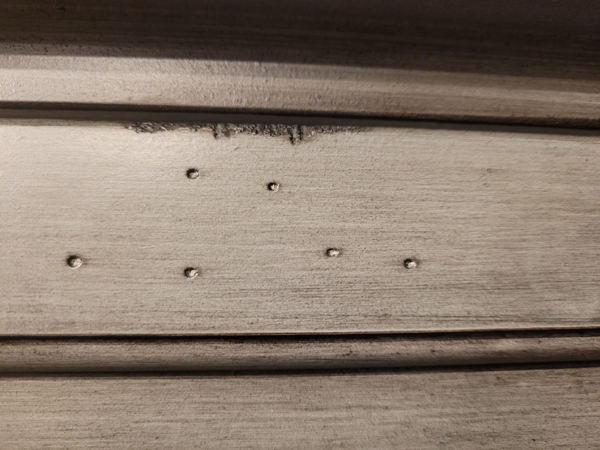
Characteristics of Wood & Distressing
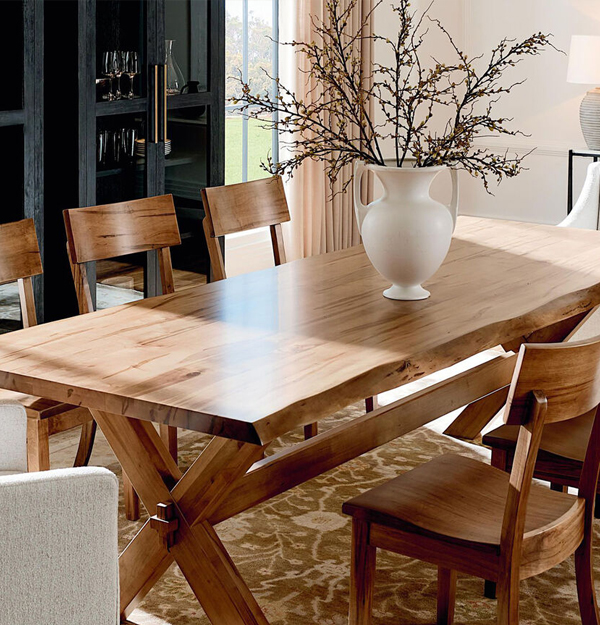
Important Points to Consider
• Your delivered piece may not look exactly like the piece on display or in a manufacturer's photo.
• The surface may not be entirely smooth. It may contain dents or knots.
• You may see scratches or variations in the grain.
• Staining and paint applications may vary.
• Finishes in a collection may not be a perfect match. For example, a bed and dresser may not have scratches and dents in the same patterns or locations. Whether the distressing is natural or applied by hand, each piece is unique.
• Edges and surfaces may appear worn or scratched.
Wormholes are naturally found in aging wood, see the first photo. The wormholes in photos 2 and 3 are handmade using distressing techniques.



Wood grain refers to the visual pattern made from the growth of a tree. Each piece of wood has its own unique pattern. In furniture distressing, combing/graining techniques imitate the natural aging process.
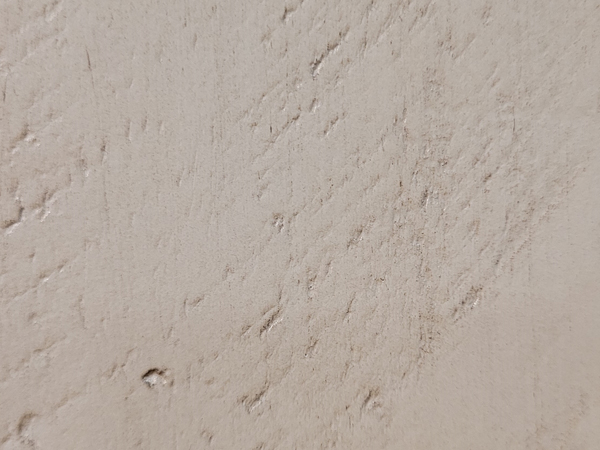
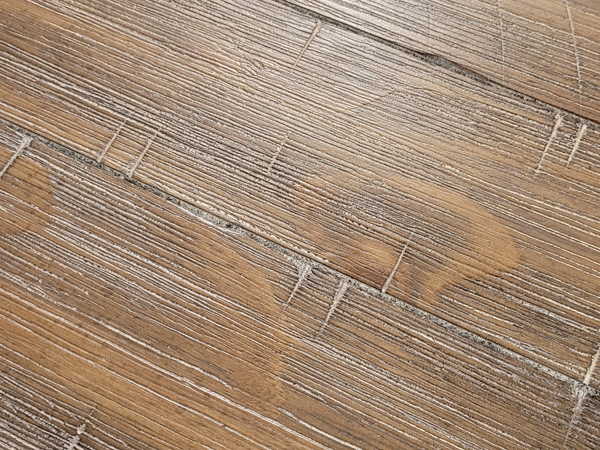
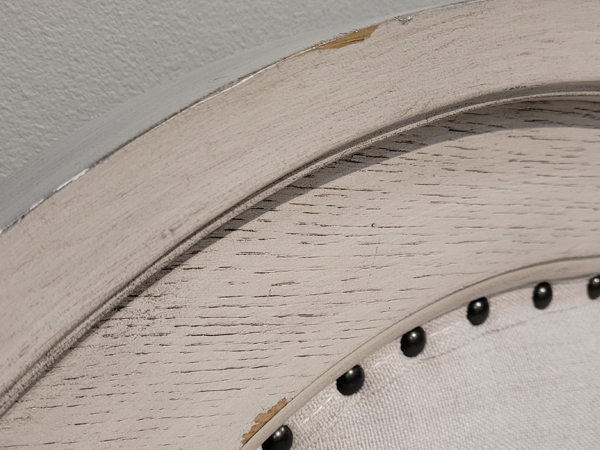
Knots are dark, circular holes that can be found on woods surface. Knots are created from branches that cause living wood grain to grow around them.

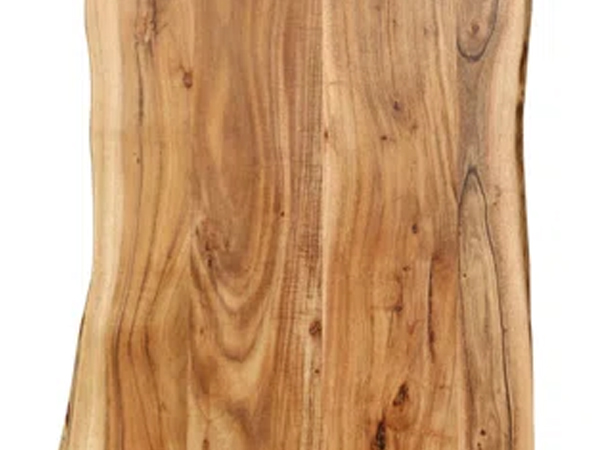
One of the unique features of wood is the presence of dents and other imperfections. If you have a solid wood piece, you may see these one-of-a-kind markings. In distressed furniture construction, deconstructing marks are intentionally made on the surface to create the look of natural wood damage.
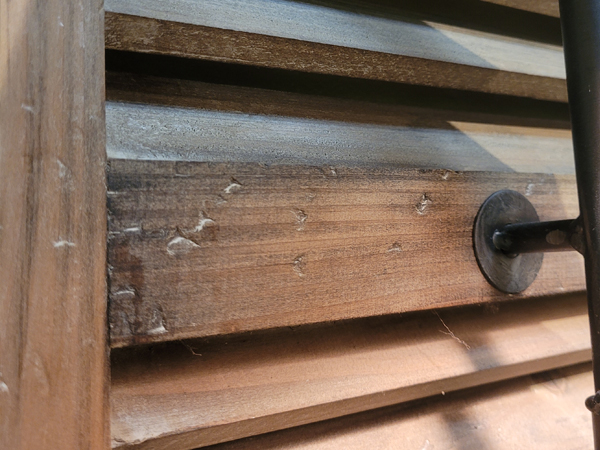
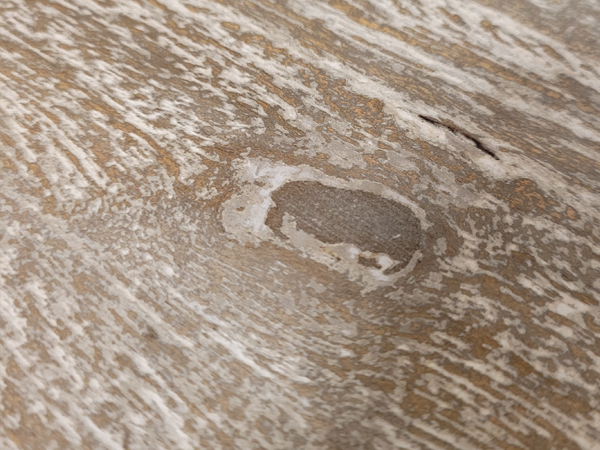
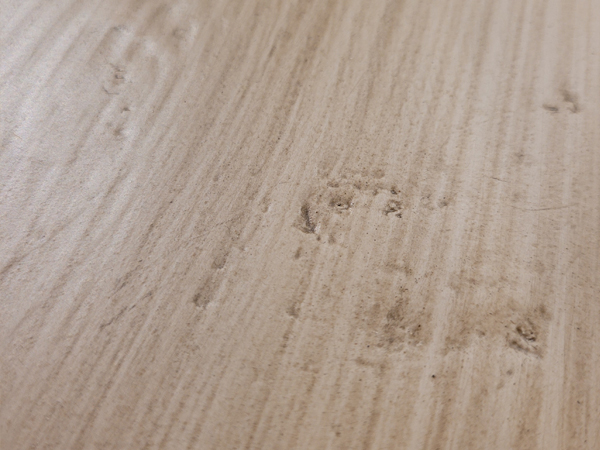
A variety of techniques using paint, stains, and other products to create an aged look.
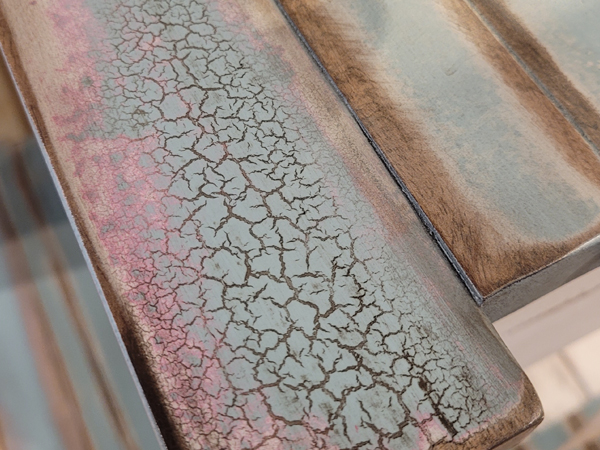
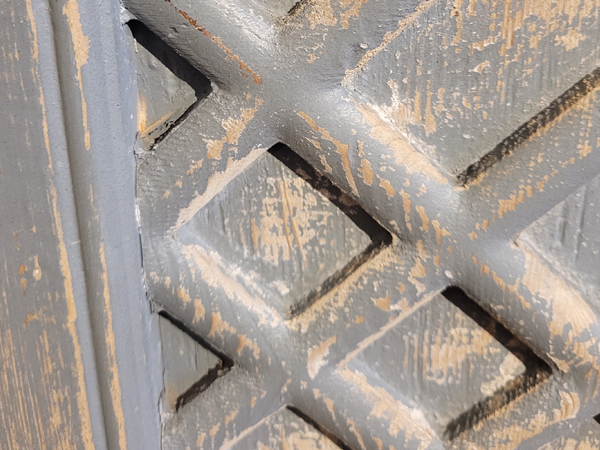
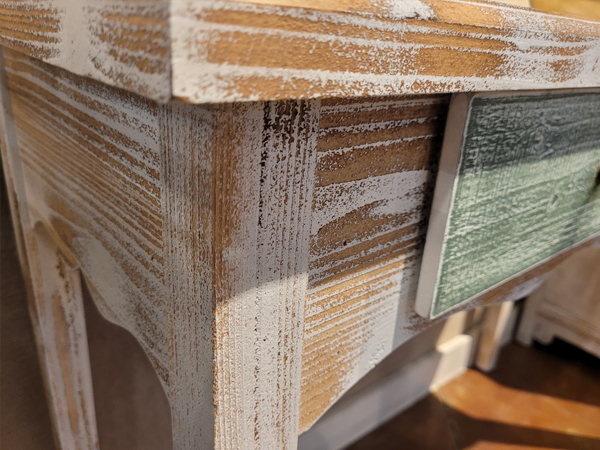
Scraping with a chisel, sanding edges, and added scratches give the appearance of a piece that has been handled over the years.
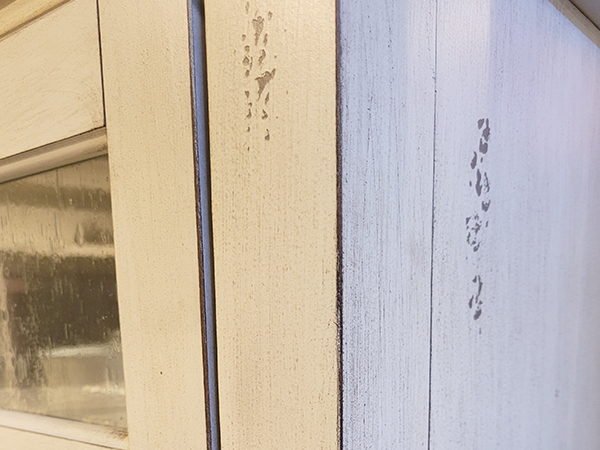
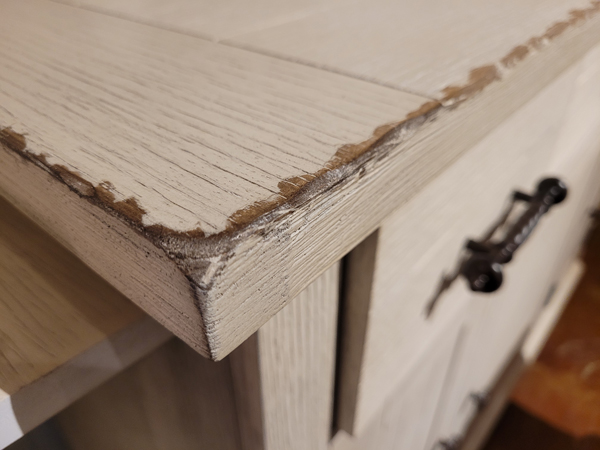
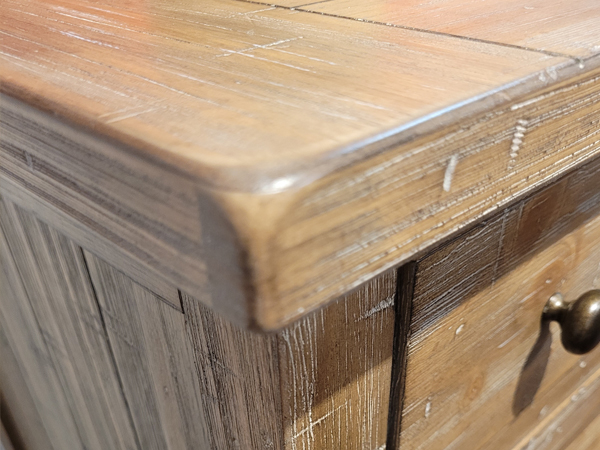
Painting and glazing techniques create the worn antique look.
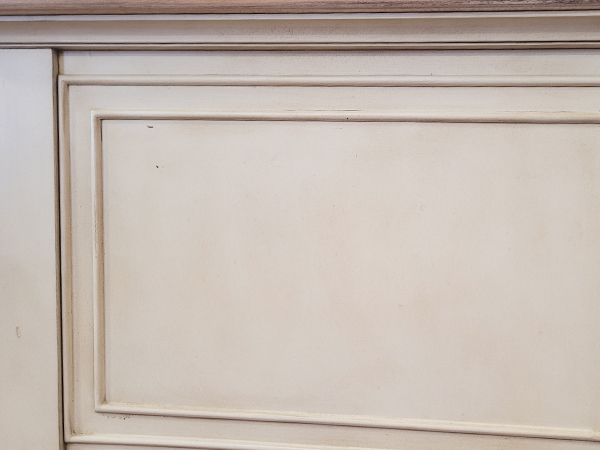
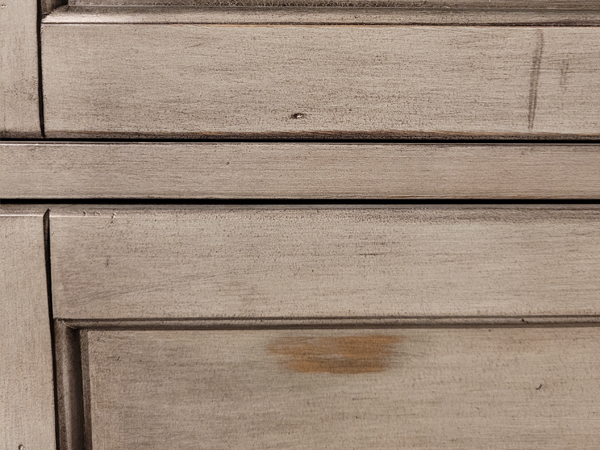
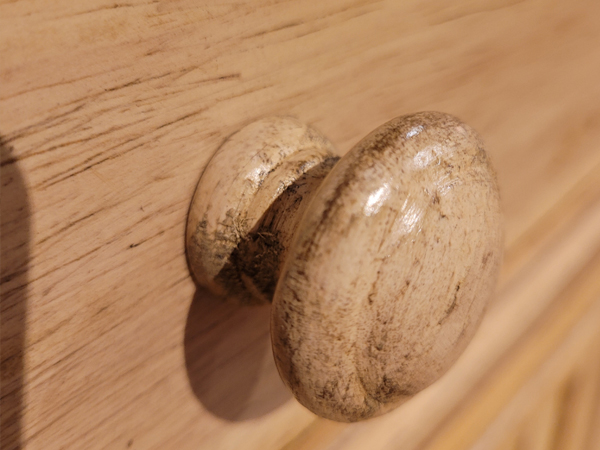
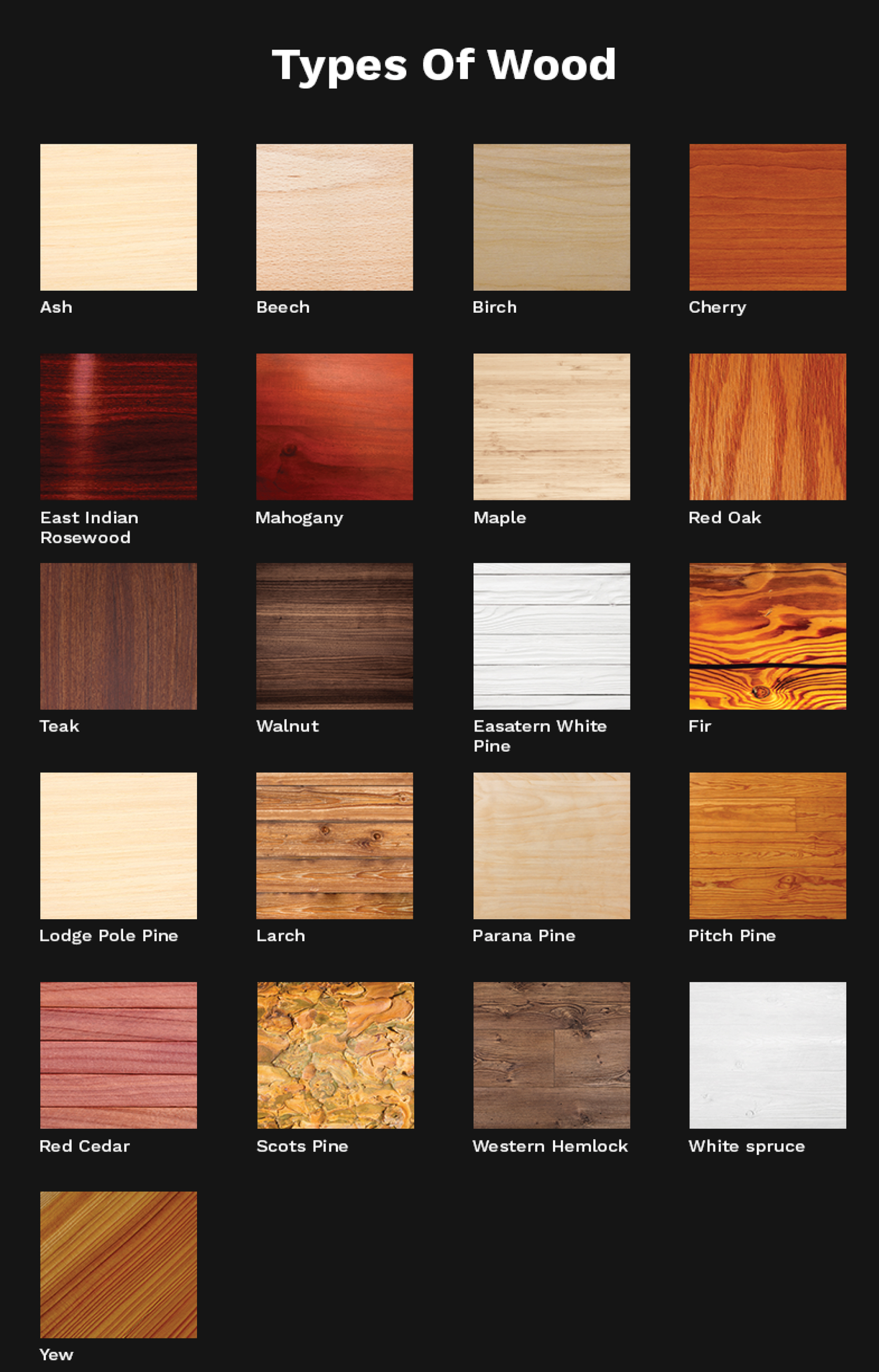
Maple Wood Furniture
Maple may be the ideal furniture wood. While there are many different types of maple, almost all are very durable and make for gorgeous furniture. It wears extremely well. Maple is naturally non-toxic so it is often used to make kitchen cutting boards. There are several grain patterns available depending on the type of maple you are interested in.
Mahogany Wood Furniture
One of the more traditional woods in furniture making, mahogany is a beautiful wood. It is lighter in weight than some of the other wood types here but has the strength of oak. We think of mahogany as reddish-brown however there are lighter colors of the wood. Mahogany wood is prized for its beauty, durability, and color. It is relatively free of voids and pockets. The color darkens over time. As a result, it is a popular choice for furniture. • Color – Reddish-brown to blood red. • Density – Medium texture and moderately heavy. • Grain – Straight. • Common Uses – High-end furniture, interior millwork, exterior doors, windows, and trim. • Finishing – Sanding sealer.
Oak Wood Furniture
Oak is a very durable wood that is typically used for flooring and kitchen furniture. It is beautiful but can yellow over time. By contrast, red oak is slightly darker and porous. It also looks beautiful and is fairly inexpensive. Oak is an excellent wood for furniture.
Cherry Wood Furniture
One of the most interesting cherry wood characteristics are that it darkens with time, giving it a very rich look as it continues to darken. The color is what most people love about cherry but there are other things to really like about it. Cherry is relatively hard it can be resistant to scratches and dents. It has an even grain and is non-toxic.
Pine Wood Furniture
We’re used to seeing knotty pine in rustic cabins and the like. So we naturally assume pine is a good material for furniture. It’s quite the contrary. Pine is a softwood that is easily damaged. It is fairly inexpensive, however.
Cedar Wood Furniture
Cedar is a relatively soft wood so it’s not ideal for indoor furniture. However, for outdoor furniture, it’s quite good. Cedar is naturally weather resistant. One usually sees closets constructed of cedar as its aromatic quality repels bugs. • Color – Lighter pale brown to a dark chocolate brown with darker brown streaks. Sapwood is pale yellow-gray to nearly white. • Density – Medium texture, fairly lightweight. • Grain – Moderately open grain. • Common Uses – High-end furniture, carving, flooring accents, musical instruments, and gun stocks. • Finishing – Should be finished with oil-based polyurethane
Walnut Wood Furniture
Walnut (black walnut) is one of the most popular woods for furniture in the U.S. The dimensional stability, shock resistance, strength properties, and the rich coloration are the reasons behind its popularity.